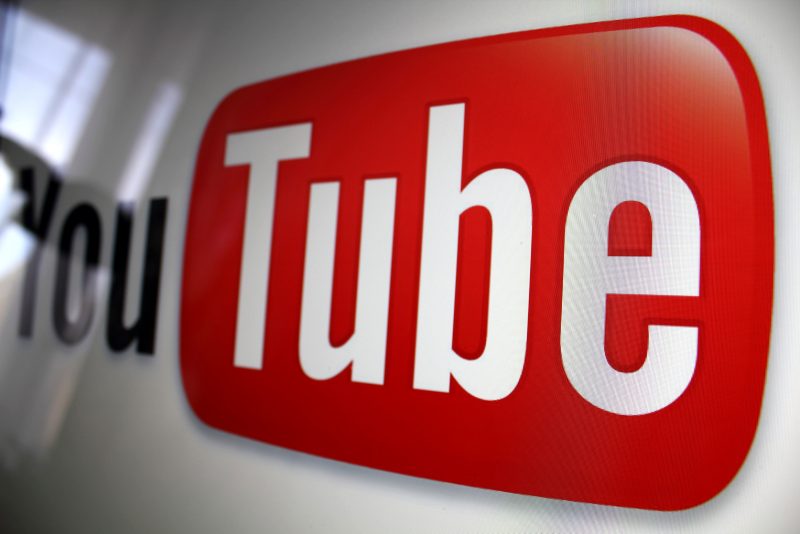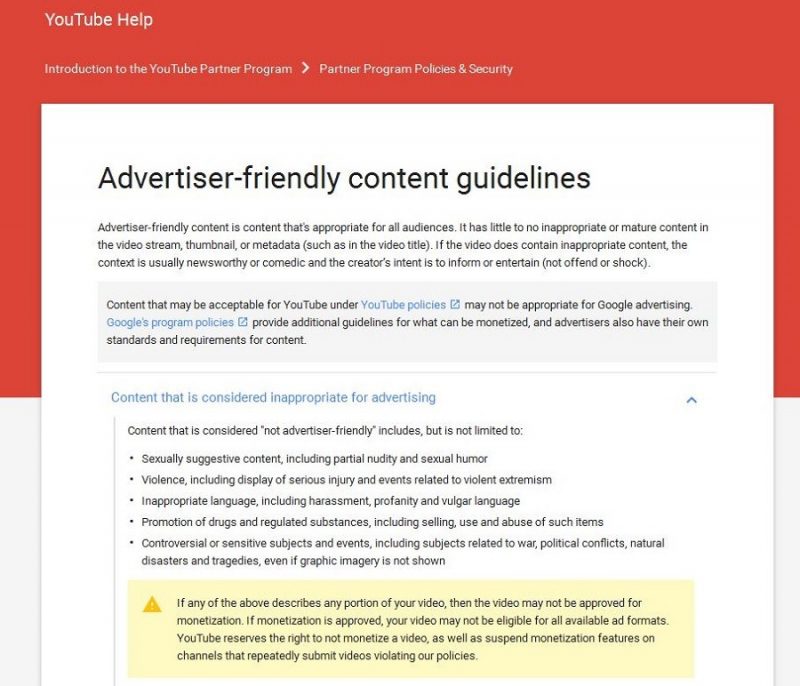
YouTube content creators are up in arms over the video website removing their ability to earn money through advertisements.
Beginning late Wednesday night, the Google subsidiary began removing monetization from many videos as part of a decision to better enforce its community guidelines, including what content is considered inappropriate for advertising.
YouTube did not notify its users beforehand that it would suddenly enforce its guidelines more stringently, leading many content creators to believe it was a new policy.
YouTuber Philip DeFranco, who has more than 4.5 million subscribers, had at least 40 videos demonetized. He described the feeling as “a little bit like getting stabbed in the back after 10 years.”
https://twitter.com/PhillyD/status/771037634713952256
The company, however, denied that it had changed its policies, but had instead decided to enforce them.
“While our policy of demonetizing videos due to advertiser-friendly concerns hasn’t changed, we’ve recently improved the notification and appeal process to ensure better communication to our creators,” a YouTube representative said in a statement.
The notification comes in the form of an email or a yellow dollar sign, where a white one in a green circle used to be.

The problem is that what is considered “inappropriate for advertising” is extremely subjective. For instance, a video showing a new mom ways to hold her baby while breastfeeding could be viewed as “sexually suggestive content” to some people ‒ just look at the uproar on Facebook about whether such an act is risque or au naturale.
Proving that anything anywhere can be offensive to anyone, the last guideline is basically a catch-all that could keep monetization from anything but the most innocuous kitten video: “Controversial or sensitive subjects and events, including subjects related to war, political conflicts, natural disasters and tragedies, even if graphic imagery is not shown.”
Melanie Murphy, whose channel has more than 400,000 subscribers, tweeted that her videos about acne have been demonetized. She doesn’t appear to know why, but many content creators who have had monetization removed believe it’s because their videos contain foul language.
https://twitter.com/melaniietweets/status/771126989231099904
“There is no bad language in these videos, nothing inappropriate in the tags, so I’m left with the assumption that the fact that acne is visible in the thumbnails…is off-putting to potential advertisers,” she told CNET. “If that’s the case, it’s very upsetting.”
Murphy isn’t the only user who’s confused by the new enforcements. Many content creators are blasting the decision on other social media sites with the hashtag #YouTubeisoverparty. Apparently even viral videos can “jump the shark.”
Some have grudgingly accepted that YouTube can enforce its policy as the company sees fit ‒ but that doesn’t mean that they have to like it.
“By taking away monetization, it’s a form of censorship,” DeFranco said in a video posted Wednesday.
Murphy agreed, especially when it came to stigmatized subjects.
“If YouTube deems some mental health/sex/lgbtq+ videos as unfriendly for advertising, less creators will approach these important subjects,” she tweeted.
https://twitter.com/melaniietweets/status/771349090684788739
Users who believe that monetization was removed in error can request a manual review of their video. However, YouTube is vague as to how long it might take them to consider the request.
“Review time depends on a variety of factors, such as video and channel performance, the history of videos you’ve submitted for monetization, and the eligibility of your content,” it said in a support forum. “Keep in mind that we receive many requests to monetize videos every day and review these submissions as quickly as possible. We may not be able to process every submission, but we continually monitor these factors and prioritize accordingly.”


